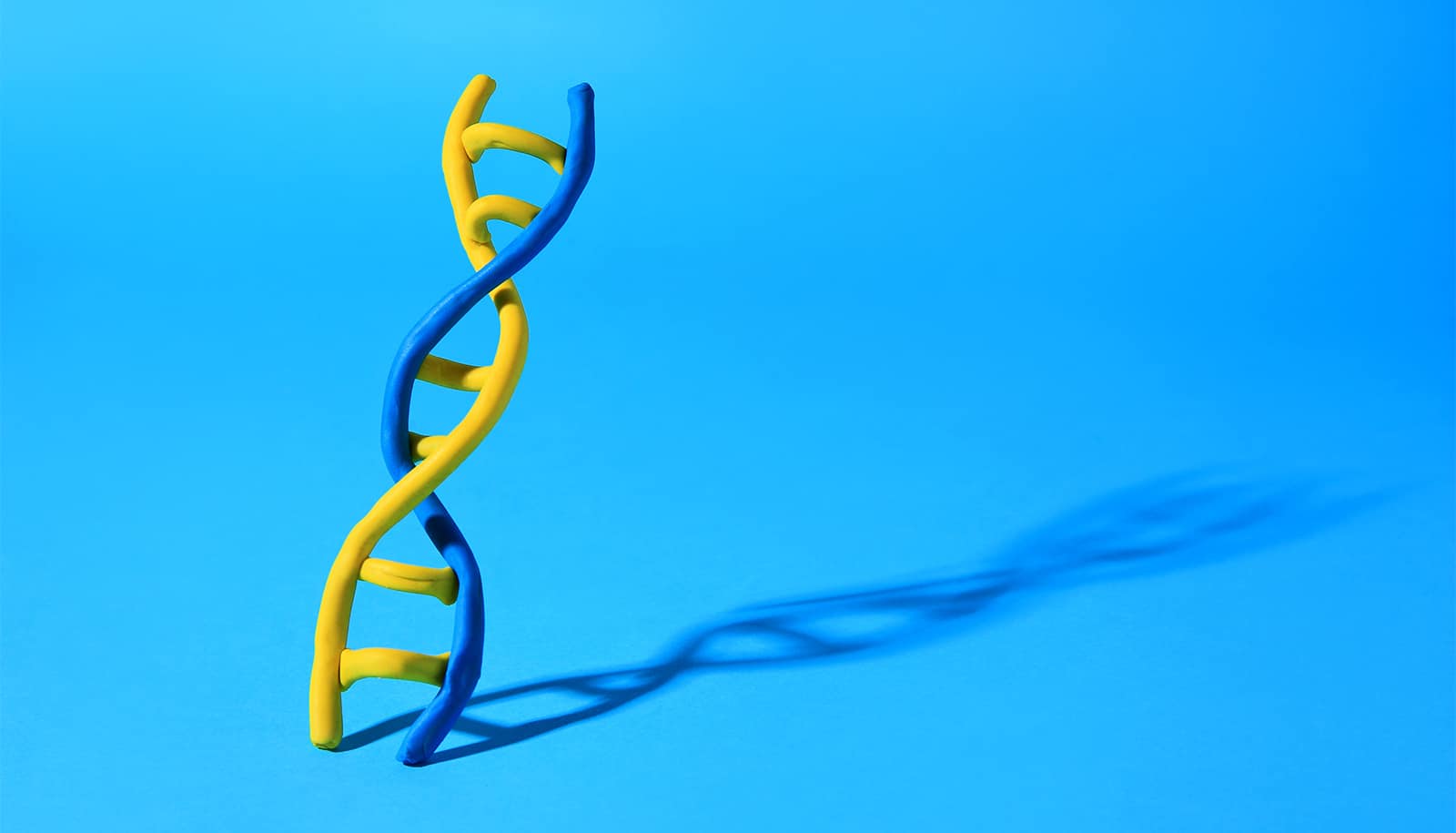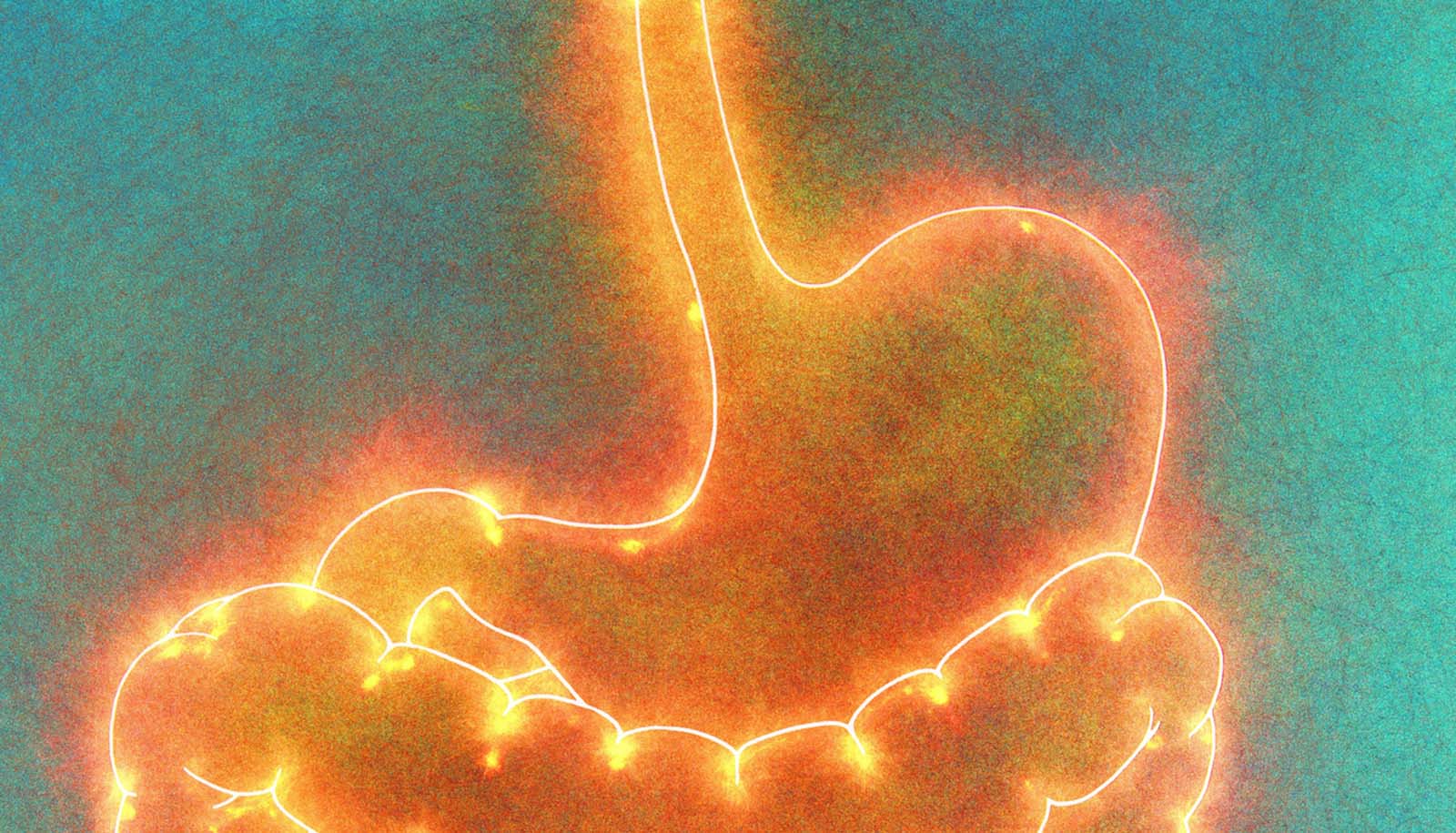A new device rapidly and accurately identifies cancerous tissue during surgery, delivering results in about 10 seconds—more than 150 times as fast as existing technology.
The handheld MasSpec Pen gives surgeons precise diagnostic information about what tissue to cut or preserve, helping improve treatment and reduce the chances of cancer recurrence.
“If you talk to cancer patients after surgery, one of the first things many will say is ‘I hope the surgeon got all the cancer out,'” says Livia Schiavinato Eberlin, an assistant professor of chemistry at the University of Texas at Austin who designed the study that is published Science Translational Medicine.
“Any time we can offer the patient a more precise surgery, a quicker surgery, or a safer surgery, that’s something we want to do.”
“It’s just heartbreaking when that’s not the case. But our technology could vastly improve the odds that surgeons really do remove every last trace of cancer during surgery.”
The current state-of-the-art method for diagnosing cancers and determining the boundary between cancer and normal tissue during surgery, called Frozen Section Analysis, is slow and sometimes inaccurate.
Each sample can take 30 minutes or more to prepare and interpret by a pathologist, which increases the risk to the patient of infection and negative effects of anesthesia. And for some types of cancers, frozen section interpretation can be difficult, yielding unreliable results in as many as 10 to 20 percent of cases.
To screen for pancreatic cancer, take a selfie
However, in tests on tissues removed from 253 human cancer patients, the MasSpec Pen took about 10 seconds to provide a diagnosis and was more than 96 percent accurate. The technology was also able to detect cancer in marginal regions between normal and cancer tissues that presented mixed cellular composition.
The team expects to start testing the new technology during oncologic surgeries in 2018.
“Any time we can offer the patient a more precise surgery, a quicker surgery, or a safer surgery, that’s something we want to do,” says James Suliburk, head of endocrine surgery at Baylor College of Medicine and a collaborator on the project. “This technology does all three. It allows us to be much more precise in what tissue we remove and what we leave behind.”
When the device completes the analysis, the words “Normal” or “Cancer” automatically appear on a computer screen.
Although maximizing cancer removal is critical to improve patient survival, removing too much healthy tissue can also have profound negative consequences for patients.
For example, breast cancer patients could experience a higher risk of painful side effects and nerve damage, in addition to aesthetic impacts. Thyroid cancer patients could lose speech ability or the ability to regulate the body’s calcium levels in ways that are important for muscle and nerve function.
Living cells, whether they are healthy or cancerous, produce small molecules called metabolites. These molecules are involved in all the important processes of life—including generating energy, growing, and reproducing—as well as other useful functions such as removing toxins. Each type of cancer produces a unique set of metabolites and other biomarkers that act as fingerprints.
“Cancer cells have dysregulated metabolism as they’re growing out of control,” Eberlin says. “Because the metabolites in cancer and normal cells are so different, we extract and analyze them with the MasSpec Pen to obtain a molecular fingerprint of the tissue. What is incredible is that through this simple and gentle chemical process, the MasSpec Pen rapidly provides diagnostic molecular information without causing tissue damage.”
The molecular fingerprint obtained by the device from an uncharacterized tissue sample is instantaneously evaluated by software, called a statistical classifier, trained on a database of molecular fingerprints that researchers gathered from 253 human tissue samples. The samples included both normal and cancerous tissues of the breast, lung, thyroid, and ovary.
When the device completes the analysis, the words “Normal” or “Cancer” automatically appear on a computer screen. For certain cancers, such as lung cancer, the name of a subtype might also appear.
In tests performed on human samples, the device was more than 96 percent accurate for cancer diagnosis. The team has also demonstrated that it accurately diagnoses cancer in live, tumor-bearing mice during surgery without causing any observable tissue harm or stress to the animals.
Physicians can operate the disposable handheld device easily. It requires simply holding the pen against the patient’s tissue, triggering the automated analysis using a foot pedal, and waiting a few seconds for a result. Meanwhile, the pen releases a drop of water onto the tissue, and small molecules migrate into the water. Then the device drives the water sample into an instrument called a mass spectrometer, which detects thousands of molecules as a molecular fingerprint.
The process is also low-impact for patients.
DNA blood test may spot cancer early
“When designing the MasSpec Pen, we made sure the tissue remains intact by coming into contact only with water and the plastic tip of the MasSpec Pen during the procedure,” says Jialing Zhang, a research associate in Eberlin’s lab. “The result is a biocompatible and automated medical device that we are so excited to translate to the clinic very soon.”
The researchers have filed US patent applications for the technology and are now working to secure worldwide patents.
UT Austin provided startup funds to Eberlin. The National Cancer Institute of the National Institutes of Health and the Cancer Prevention Research Institute of Texas also provided funding.
Source: University of Texas at Austin



